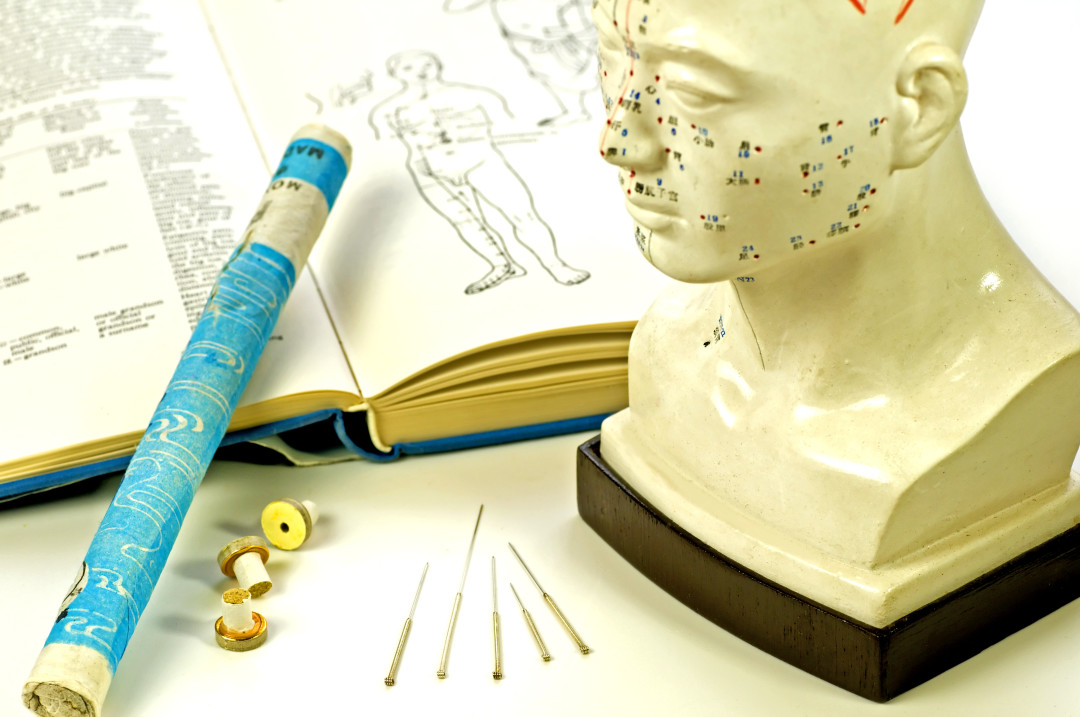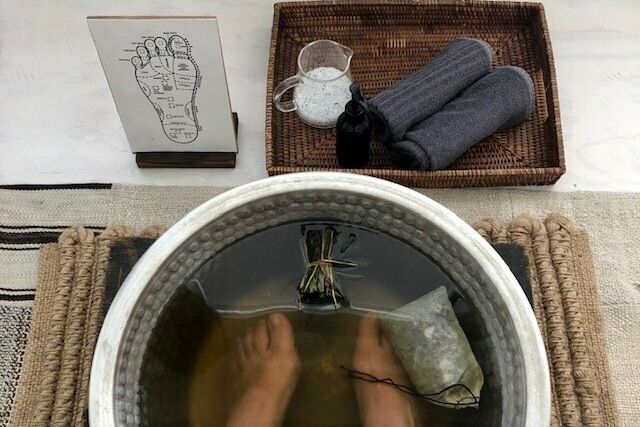How One Portland Clinic Brought Acupuncture to the Masses

Image: Shutterstock
Walk into the treatment area at any of Working Class Acupuncture’s three Portland clinics, and you might think you’ve stumbled into a softly lit La-Z-Boy showroom. Patients relax in blanket-covered recliners as two or three acupuncturists roam the room, tending to a chronic back problem here, discussing a patient’s insomnia elsewhere. It’s all remarkably serene—one documentary calls it “the calmest revolution ever staged,"—and all of it is designed to offer access to this ancient treatment to the masses.
In contrast to a standard clinic, where a single treatment can run into the hundreds of dollars without insurance, WCA offers high-quality acupuncture on a sliding payment scale running from $15 to $35. But how can group treatment compare to one-on-one attention from a practitioner? According to WCA founder Lisa Rohleder, acupuncture lends itself especially well to this model. Not only does acupuncture involve only a brief interaction with a practitioner, followed by 30 to 45 minutes of resting time, but the tradition is broad and flexible.
“There are all these different ways to do it, and it’s just a question of looking at this rich tradition and saying, let’s pick the really efficient ways and do those,” Rohleder explains.
Although WCA is the first pay-for-service clinic to treat people in groups, Rohleder takes no credit for the model itself. That idea, she says, has roots in what might seem like the unlikeliest of places: the addiction-plagued South Bronx of the 1960s and 70s.
In 1970, black and Puerto Rican community leaders, including members of the Young Lords and the Black Panthers, marched into desperately failing Lincoln Hospital and began an occupation aimed at providing health services that weren’t being offered in the community. Among the programs they started was Lincoln Detox, the only public addiction clinic in a neighborhood that was being decimated by heroin. Though it started as a methadone clinic, staff gradually introduced a range of interventions, including acupuncture. Their model of group acupuncture would eventually be taken up by the National Acupuncture Detoxification Association, which in turned helped spread that system to public health clinics across the country. It was at one such clinic, Central City Concern’s Hooper Detox, that Rohleder and WCA co-founder Skip Van Meter, fresh out of acupuncture school in the mid-1990s, got their start.
“The chairs were hard and the fluorescent lights were on and it was kind of loud,” she says. “And it became clear that acupuncture still totally works,” even when the environment doesn’t “look like a medical office or a spa.”
Times changed, and public health funding for acupuncture dried up. Rohleder and Van Meter started a conventional private practice, with tables in individual rooms, but the business model wasn’t working out.
“People were getting great results, but they couldn’t afford to pay us,” says Rohleder. On top of that, patients “kept showing up with all their relatives, and we realized we needed to be able to treat more people.” So in 2002, using the group model pioneered at Lincoln Detox—with the added innovation of putting patients in recliners—they opened Working Class Acupuncture.
The group treatment model benefitted both patients, who, thanks to the sliding payment scale, could now afford multiple treatments, and the clinic, which could treat more people at a time. But a new issue arose. “Within a couple years we knew it worked,” says Rohleder, “but people would come in and say, you know who could really use this is my mom in Florida… Then a week later, they’d come back and say, my mom started calling around and the first treatment costs $200 and she can’t go. That happened over and over.” So in 2011, Rohleder and Van Meter—together with like-minded acupuncturists from around the country—started the People’s Organization for Community Acupuncture, a nationwide multi-stakeholder co-op that offers guidance to acupuncturists wanting to start their own community clinics.
There are currently 159 POCA member clinics nationwide, and the network continues to grow.
WCA still has challenges. Among them is “the reality that many people can’t afford the low end of the scale,” especially for multiple treatments, says Rohleder. To that end, clinics do treat some people for even less. But those patients can be an asset, too.
“The person who’s paying $15 or less but telling everyone they know is who we depend on,” Rohleder explains. “The top 30% of the scale isn’t holding up the business.” At the end of the day, WCA is, like its group-based treatment rooms, about community. “It’s a solidarity model,” says Rohleder, “Not a charity model.”




